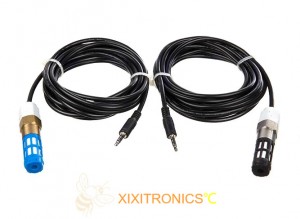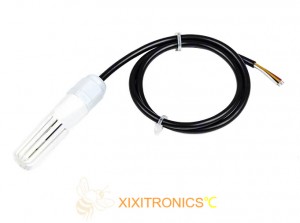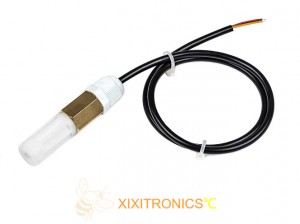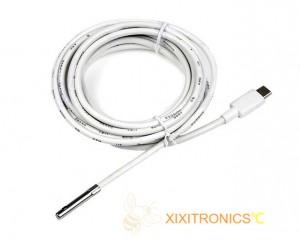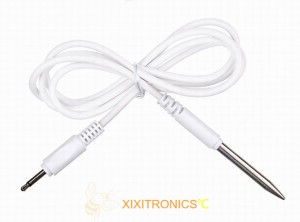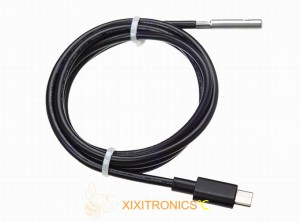Temperature and Humidity Sensors in Modern Agriculture
Agriculture Greenhouse Temperature And Humidity Sensor
The intelligent monitoring system for agricultural greenhouses is a kind of environmental regulation equipment.
By collecting environmental parameters such as air temperature, humidity, light, soil temperature, and soil moisture in the greenhouse in real time, it can make real-time intelligent decisions according to the needs of crop growth, and automatically turn it on or off.
The monitoring system can also set the alarm value according to the growth conditions of the vegetables. When the temperature and humidity are abnormal, the alarm will be issued to remind the staff to pay attention.
The ability to monitor and control the greenhouse environment not only meets the growth needs of different greenhouse crops, but also provides a more efficient management method for greenhouse management, which not only saves management costs, but also reduces the workload of managers. The complicated management has become simple and convenient, and the yield of crops has also been significantly improved.
The Features of Agricultural Temperature and humidity Sensors
| Temperature Accuracy | 0°C~+85°C tolerance ±0.3°C |
|---|---|
| Humidity Accuracy | 0~100%RH error ±3% |
| Suitable | Long-distance Temperature;Humidity detection |
| PVC wire | recommended for wire customization |
| Connector Recommendation | 2.5mm, 3.5mm audio plug, Type-C interface |
| Support | OEM, ODM order |
The application of temperature and humidity sensor technology in modern agriculture
1. Monitoring the greenhouse environment
Temperature and humidity sensors can monitor the temperature and humidity changes in the greenhouse to help farmers adjust the greenhouse environment in a timely manner to ensure the growth needs of crops. For example, in the winter when the temperature is low, the sensor can monitor the greenhouse temperature is too low, automatically open the heating equipment to improve the indoor temperature; in the summer when the temperature is high, the sensor can monitor the greenhouse temperature is too high, automatically open the ventilation equipment to reduce the indoor temperature.
2. Adjust the irrigation system
Temperature and humidity sensors can also monitor the moisture content of the soil to help farmers adjust the irrigation system to achieve intelligent irrigation. When the moisture content in the soil is too low, the sensor can automatically turn on the irrigation system to replenish water; when the moisture content in the soil is too high, the sensor can automatically turn off the irrigation system to avoid excessive irrigation damage to crops.
3. Early warning system
Through the monitoring data of temperature and humidity sensors, farmers can set up an early warning system to detect abnormalities and take appropriate measures. For example, when the temperature in the greenhouse is too high or too low, the system will automatically issue an alarm to remind farmers to deal with it in time; when the moisture content in the soil is too high or too low, the system will also automatically issue an alarm to remind farmers to adjust the irrigation system.
4. Data Recording and Analysis
Temperature and humidity sensor technology can also help farmers record the environmental data in the greenhouse and analyze the data statistically. Through the analysis of the data, farmers can understand the environmental needs of crop growth, optimize greenhouse environmental management measures to improve crop yield and quality. At the same time, these data can also provide valuable data support for researchers and promote the development of agricultural science and technology.



